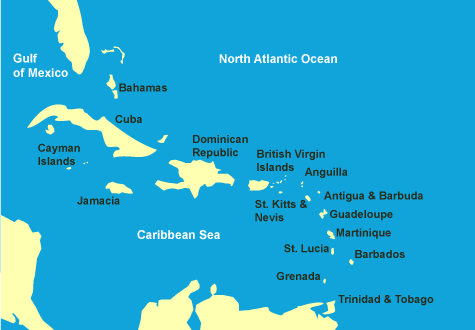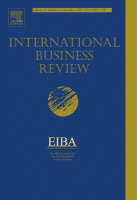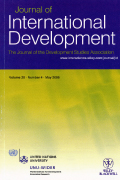China and the World Economy, 22, 6: 44-63
The article is written in collaboration with Alessia Amighini, Claudio Cozza and Marco Sanfilippo.
The empirical literature on China’s outward foreign direct investment mainly relies on aggregate data from official statistics, but the reliability of such data is currently a matter of concern because it does not take account of relevant features such as industry breakdown, ownership structure and entry mode. A novel firm-level database, EMENDATA, compiled by matching data from several available sources on various types of cross-border deals and including information on group structure, provides a more accurate picture and enables new empirical analyses of the rapidly increasing presence of Chinese companies abroad.



